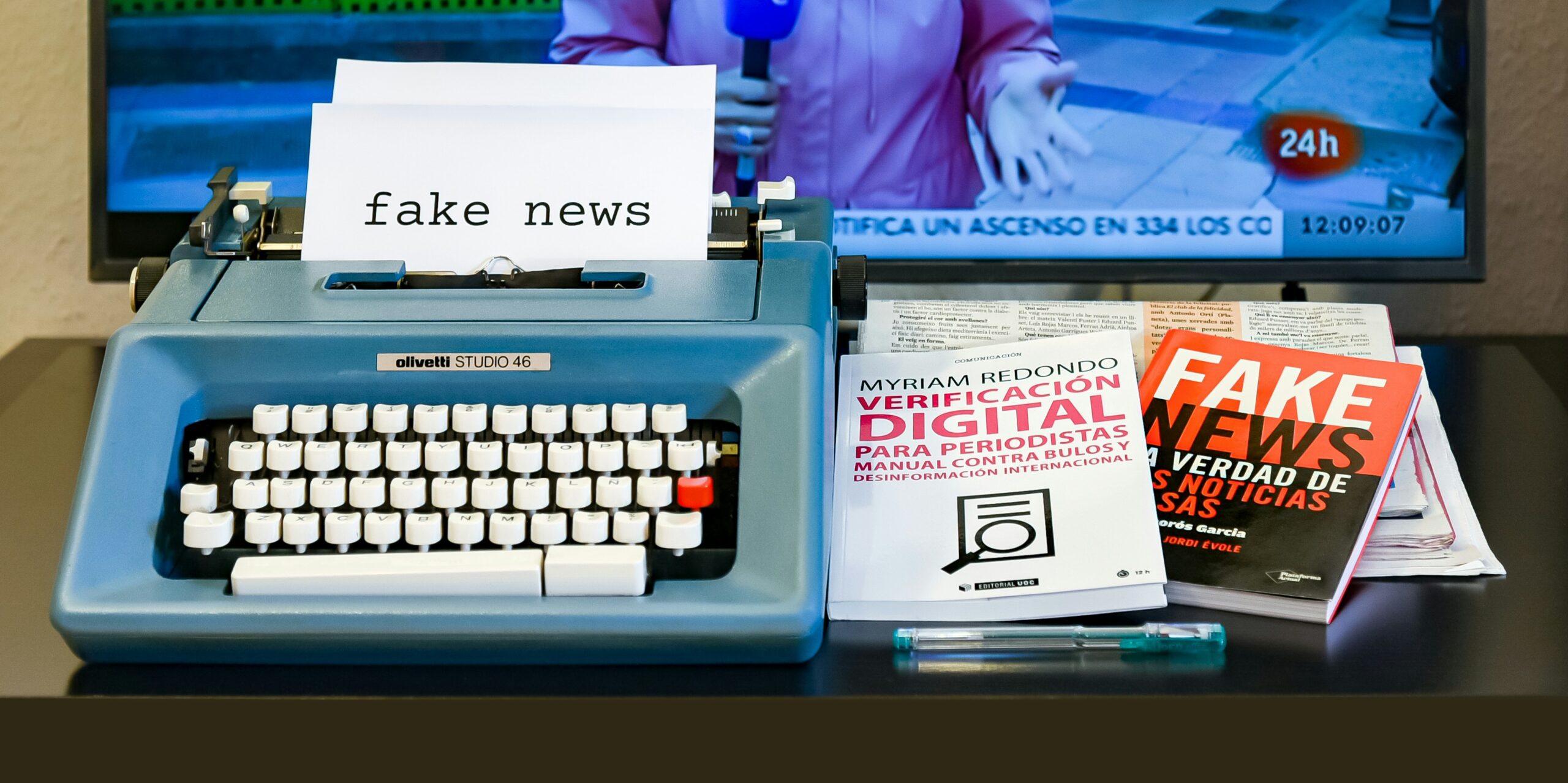Canadians interact with social media platforms and apps such as Facebook, Snapchat, and Instagram, which are designed to capture and hold attention spans for as long as possible.
The advancements in Artificial Intelligence (AI) have made it easier for misinformation and disinformation to be created and spread.
Tiffany Kwok, a policy analyst at The Dais, a platform based at Toronto Metropolitan University, said the rise in AI-generated content means it will become increasingly difficult to discern whether content is genuine.
She said simply nothing can be done even through multiple efforts to curb the spread.
“Though efforts like watermarking and platforms looking to label AI-generated content are on the rise, these efforts are not 100 per cent foolproof and have limitations. The use of AI tools can also increase the spread itself, through the continued use of bots and coordinated inauthentic behaviour,” she said in an email.
Artificial intelligence can be used to create funny images and videos for entertainment with just a few clicks, said Jeffrey Dvorkin, a retired journalist now a senior fellow at Massy College at the University of Toronto.
The Internet has allowed for more jokey things to be passed along, he said. And sometimes it’s not all done with bad intentions, Dvorkin said.
It’s usually done not in a spirit of maliciousness, while disinformation is more serious, he said. It’s the deliberate sharing of information known to be wrong, destructive, racist or damaging, and it’s usually done anonymously, Dvorkin said.
Kwok said there are many problems arising with the spread of some potential dangers of misinformation and disinformation, including a sense of distrust towards democratic institutions and media sources.
Tricia Grant, director of marketing and communications at MediaSmarts, said online misinformation has been shown to lower people’s trust in the media.
“The struggle is that when so much misinformation is being spread, it can become hard to know who or what to trust. People can then become disengaged and throw up their hands and say, ‘Well, now I don’t believe anything,'” Grant said.
According to Statistics Canada in 2019-20, as part of Canada’s approach to protecting its democracy, Canadian Heritage contributed $7 million over nine months to the Digital Citizen Initiative (DCI). It involved 23 projects to strengthen citizens’ critical thinking about online disinformation and be more resilient against online disinformation, including elections and COVID-19.
The DCI provided funding for civic, news, and digital media literacy, ranging from awareness sessions and workshops to the development of learning materials. These projects reached more than 12 million Canadians from coast to coast to coast including youth, seniors, minority communities, official languages minority communities, etc.
Since the rise of artificial intelligence, media literacy has been important in spotting fake news.
Grant said the best way to make sure you’re not spreading false information is to check the story every time and many can do this by finding the source of the story,
“Making sure that source is reliable, looking to see what other sources are saying about it, and also by looking at fact-checking sites like Snopes.com they might have already done this work previously,” she said. “Our Break the Fake videos and tips (featuring the house hippo!) share easy ways to make this a regular habit.”

